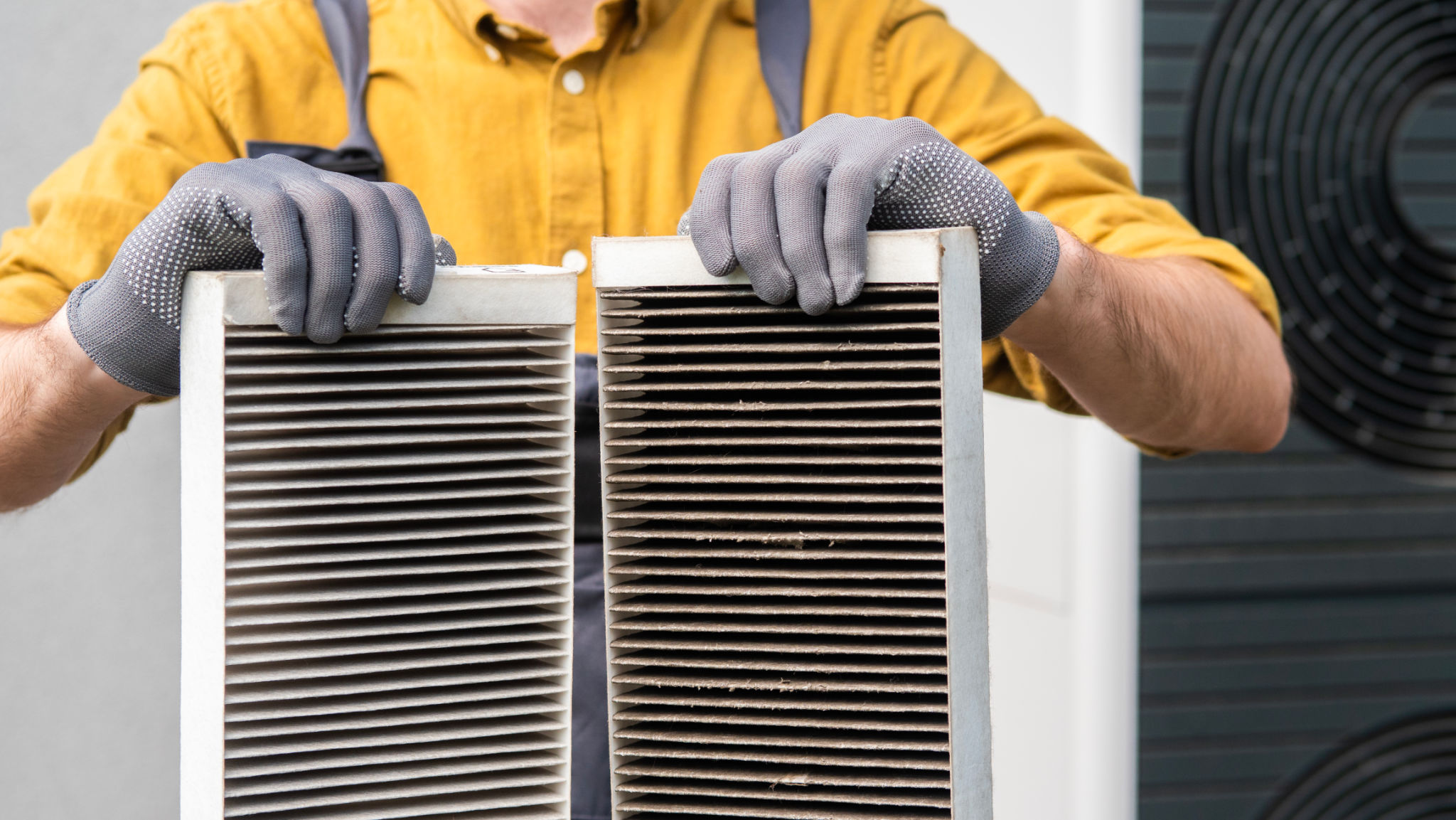Latest Trends in Medical Facility Sanitation in NT
Introduction to Modern Sanitation Practices
In recent years, medical facility sanitation has evolved significantly, driven by advancements in technology and increased awareness of infection control. In the Northern Territory (NT), healthcare providers are adopting innovative methods to ensure the safety of patients, staff, and visitors. This blog post explores the latest trends in medical facility sanitation and the impact they have on healthcare outcomes.
One of the most notable trends is the integration of cutting-edge technology into sanitation protocols. From automated cleaning robots to advanced air filtration systems, these innovations are transforming the way facilities maintain cleanliness and hygiene.

Automated Cleaning Solutions
Automated cleaning solutions are revolutionizing sanitation by reducing human error and increasing efficiency. Robotic cleaners equipped with UV-C light technology can disinfect surfaces and eliminate harmful pathogens more effectively than traditional methods. These robots are particularly useful in high-traffic areas such as waiting rooms and corridors, where maintaining consistent hygiene is crucial.
Moreover, automated systems can work around the clock, ensuring continuous sanitation without disrupting daily operations. This constant level of cleanliness not only helps to prevent the spread of infections but also provides peace of mind to patients and healthcare providers alike.
Benefits of UV-C Light Technology
UV-C light technology is gaining popularity for its ability to kill bacteria and viruses without the use of harsh chemicals. This method is environmentally friendly and reduces the risk of chemical exposure to both staff and patients. Facilities in NT are increasingly adopting UV-C technology for its effectiveness and sustainability.

Advanced Air Filtration Systems
Improving indoor air quality is another crucial aspect of modern sanitation practices. Advanced air filtration systems are now being installed in medical facilities across NT to remove airborne pathogens and allergens. These systems often incorporate HEPA filters, which are capable of capturing particles as small as 0.3 microns.
By continuously purifying the air, these filtration systems help reduce the transmission of airborne diseases, creating a safer environment for everyone in the facility. This is especially important in areas like operating rooms and intensive care units, where maintaining sterile conditions is critical.
Integration with Smart Technology
Smart technology integration is further enhancing the effectiveness of these systems. By using IoT (Internet of Things) devices, facilities can monitor air quality in real-time and adjust filtration settings as needed. This proactive approach ensures that air quality remains at optimal levels at all times.

Enhanced Personal Protective Equipment
The use of enhanced personal protective equipment (PPE) is another trend that has emerged in response to global health challenges. Medical facilities in NT are investing in high-quality PPE to protect staff and patients from infectious diseases.
This includes not only masks and gloves but also innovative materials that offer better protection and comfort for extended use. Additionally, training programs are being implemented to ensure that all personnel are properly equipped and knowledgeable about PPE usage.
Conclusion: The Future of Sanitation
The latest trends in medical facility sanitation in NT reflect a commitment to safety and innovation. By embracing new technologies and approaches, healthcare providers are better equipped to prevent infections and improve patient outcomes. As these trends continue to evolve, it is essential for facilities to remain adaptable and forward-thinking in their sanitation strategies.
Ultimately, the goal is to create a healthcare environment where safety and cleanliness are prioritized, ensuring that all individuals receive the highest standard of care.
